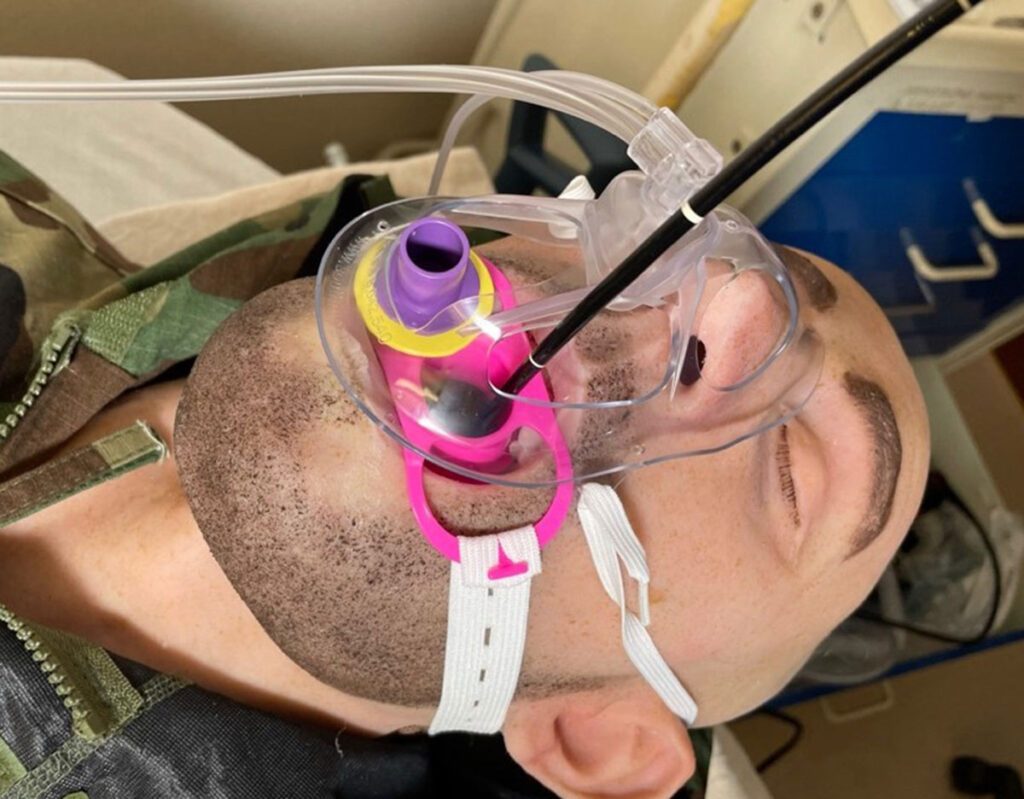
Pediatric endoscopy presents unique challenges and considerations compared to procedures conducted on adults. In this article, we will explore the specialized significance of endoscopic bite blocks in pediatric endoscopy, emphasizing the importance of tailored solutions for the youngest patients.
Introduction:
Endoscopic procedures in pediatric patients require a delicate approach to ensure both diagnostic accuracy and the well-being of the child. Endoscopic bite blocks play a crucial role in these scenarios, providing stability for the endoscope while prioritizing the comfort and safety of young patients.
Challenges in Pediatric Endoscopy:
Children, particularly younger ones, may find the endoscopic procedure intimidating and uncomfortable. The challenge lies in obtaining clear and accurate images while minimizing the stress and anxiety experienced by pediatric patients. Endoscopic bite blocks designed for pediatric use address these challenges through thoughtful design and size considerations.
Tailored Solutions for Pediatric Patients:
The size and shape of endoscopic bite blocks for pediatric use differ significantly from those used in adults. Manufacturers have developed specialized bite blocks that cater to the anatomical and psychological needs of children. These blocks are not only smaller but often come in child-friendly designs, helping to alleviate anxiety and create a more positive experience for the young patients.
Psychological Impact and Design Considerations:
Understanding the psychological impact of medical procedures on children is crucial in designing effective solutions. Some pediatric endoscopic bite blocks incorporate playful colors, friendly shapes, or even characters to create a more inviting atmosphere. This not only helps distract and calm the child but also contributes to a positive association with medical procedures, potentially reducing fear in future healthcare encounters.
Ensuring Safety in Pediatric Endoscopy:
The safety of pediatric patients is paramount in any medical procedure. Endoscopic bite blocks for children are designed with extra care to prevent any potential harm. Soft and flexible materials are commonly used to minimize the risk of oral trauma, and adjustable straps ensure a secure fit without causing discomfort.
Sensitivity to Developmental Variability:
Pediatric patients span a wide range of ages and developmental stages, each with unique needs. Endoscopic bite blocks are crafted with sensitivity to this variability, offering options that cater to different age groups and anatomical variations. This adaptability is essential in providing effective solutions for the diverse pediatric population.
Looking Ahead: Innovations in Pediatric Endoscopic Bite Blocks:
The field of pediatric endoscopy continues to evolve, driven by advancements in medical technology and a growing understanding of pediatric healthcare needs. Innovations in endoscopic bite block design for children may include features such as interactive elements, wireless connectivity, or integration with virtual reality to further enhance the pediatric patient experience.
Conclusion:
Endoscopic bite blocks designed for pediatric use are integral in ensuring the success of procedures while prioritizing the well-being of young patients. The ongoing commitment to tailoring solutions for the unique challenges posed by pediatric endoscopy reflects the dedication of the medical community to providing compassionate and effective care for the next generation. As technology advances, we can anticipate further innovations that will continue to improve the pediatric endoscopic experience.
